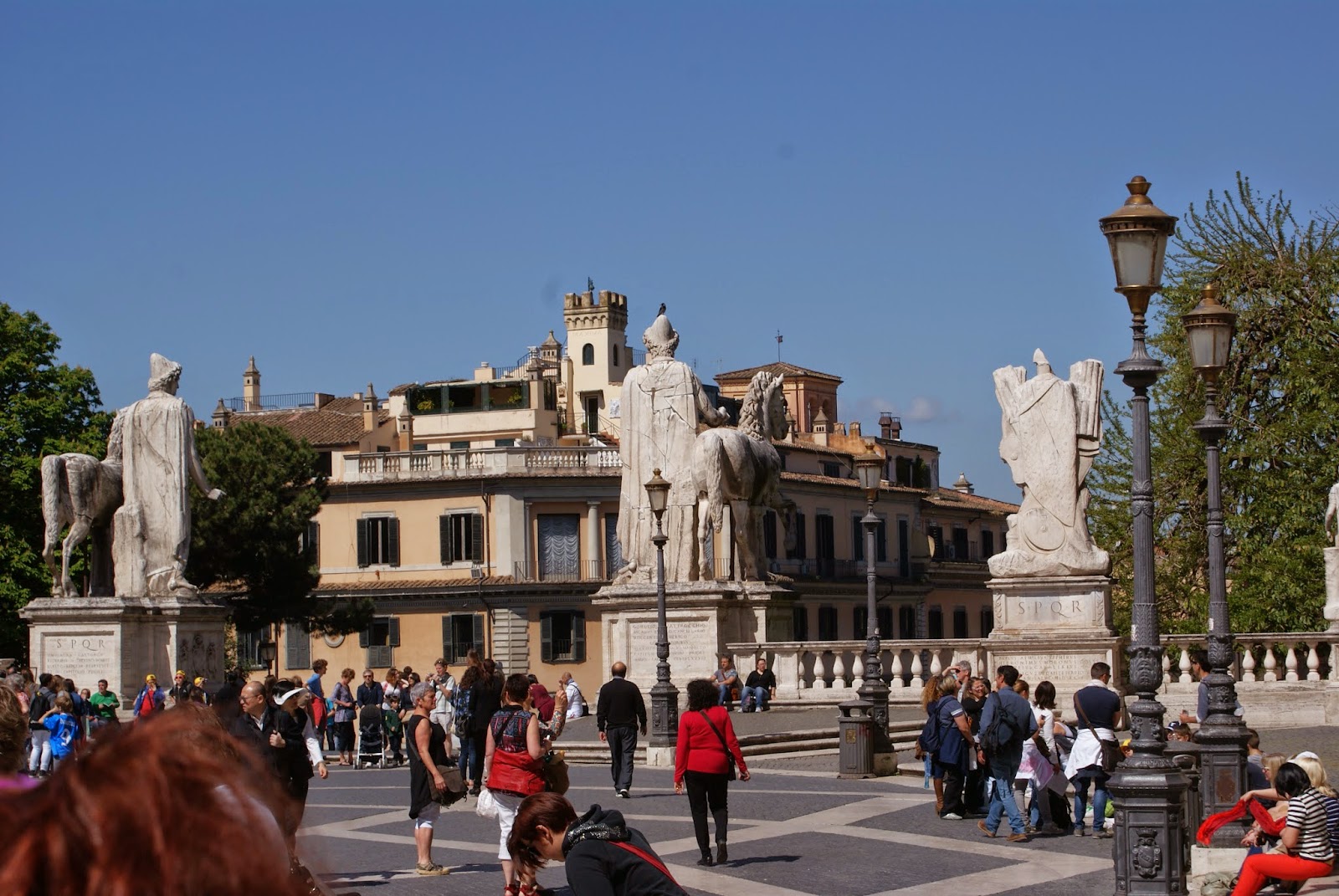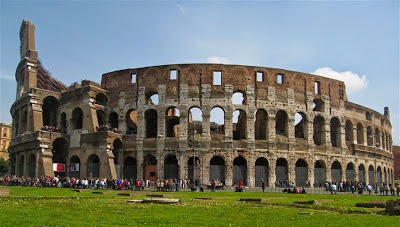1.Panteon is situated in Rome.
2.This construction is a circular temple built in Rome
in the early Roman Empire.
3.Panteon is built in the early Roman
Empire dedicated for all the gods. In
the city, is known as “la Rottonna” and the name of the square where is
situated is “la Rottonna” too. The
author of this temple was Marco Vipsanio Agripa.
4.This type of construction was very typical in the
architecture of the time but it was one innovation in the Roman
architecture. The construction is constituted for large round room
attached to the gantry of a classical temple and this one was an innovation.
5.Inside the Panteon you can see a copula. This
copula is more peculiar that the others.
The copula of Panteon is opened and you can see the sky and when it’s
raining the rain passes into but never flooded because the floor has holes
through which water passes.
6.This type of temple we don’t have in Barcelona. We
have a lot of monuments, but we don’t have a temple like the Panteon.
7.I like the Panteon, but I think that in Roma there
are a lot of monuments more beautiful and more important. I like the Panteon
because is very peculiar.
Mónica Navarro Nebot

.JPG)






























